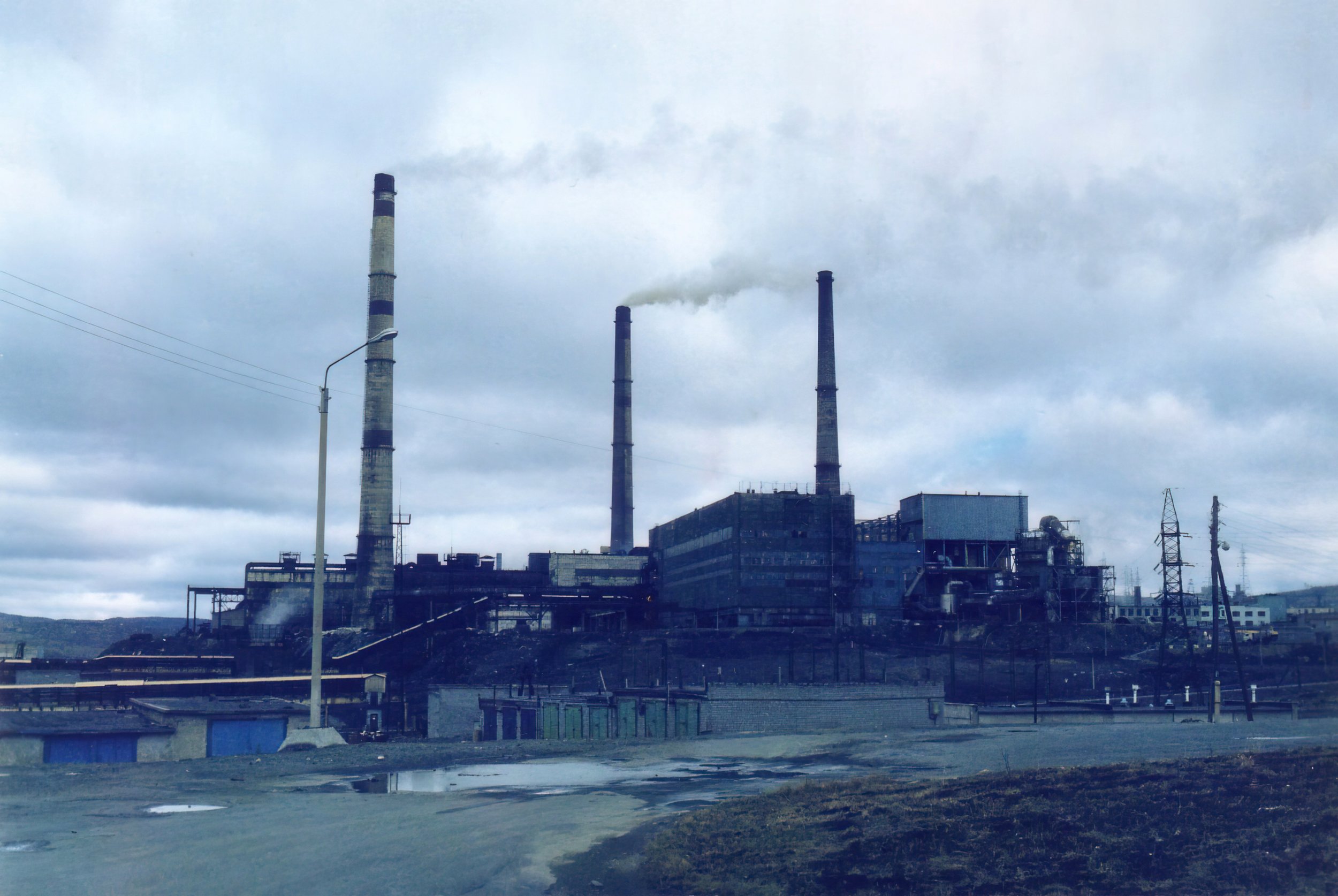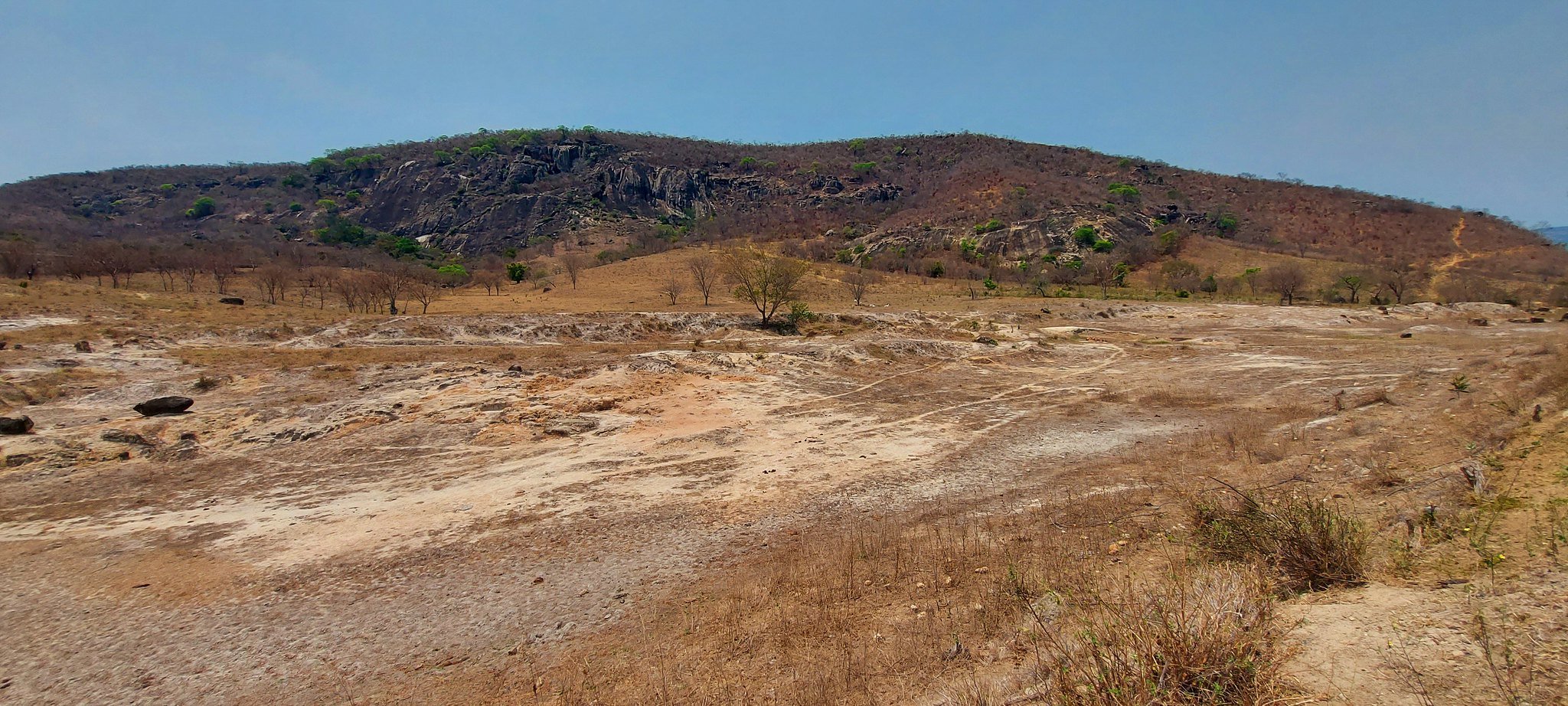Case Studies
-

Repparfjorden, Norway
Norwegian mining company Nussir ASA is pursuing a copper mine on Sámi Indigenous land in northern Norway. If constructed, the mine would destroy reindeer grazing areas and disrupt Sámi traditional way of life. Additionally, Nussir’s plans to dump an estimated 2 million tonnes of mine waste into the Repparfjord each year threaten to decimate fishing grounds Sámi sea fishermen depend on by smothering habitat critical to salmon, cod, and other marine life.
-

Maikuaints Shuar Community, Ecuador
Canadian mining operations threaten the Shuar Maikuaints peoples’ ways of life, violate human rights, and lead to environmental destruction. The tactics used by Canadian extractive industries are rooted in the colonial approach to divide communities and rely on state police forces to criminalize and remove land defenders.
-

Girau, Brazil
In the Jequitinhonha Valley of Minas Gerais, Brazil, the Quilombola—descendants of escaped enslaved Africans who established their own communities—along with the Arana, Pataxo, and Pankararu Indigenous Peoples of Araçuaí, are engaging in a vital struggle against the intrusion of lithium mining on their ancestral lands. With their mix of Indigenous ancestry and legacy of enslaved people, the Quilombola community in Girau prides itself on their rich history of resilience and their quest for freedom.
-

South Kivu, Democratic Republic of the Congo
In the heart of South Kivu, a region rich in mineral wealth, a program jointly launched by Cultural Survival and Femmes Pymees en Action (FEPA-Pygmy Women in Action), Radio Kivu FM, Congo, has been empowering Indigenous Pygmy communities to reclaim their rights and protect their ancestral lands from mining activities.
-

Panama
In mid-October 2024, Panamanians from across the country poured out into the streets, echoing the protest movement from exactly this time last year that had brought much of Panama to a standstill in late 2023. These citizens were making known their calls for social and economic reforms in the country, including specific assurances for the social security system for retirees and pensioners.
-

Ambler Access Project, Alaska
The Ambler Access Project was proposed in 2014 by the Alaska Industrial Development and Export Authority. It would be a private industrial access road funded and constructed by the State of Alaska across traditional Tribal lands to create access to and facilitate the development of the Ambler Mining District, which has deposits of copper, zinc, and cobalt. As planned, it would have been one of the biggest and most destructive mining projects in Alaska's history, intersecting 11 major river systems along with numerous smaller rivers, streams, and wetlands.
-

Sulawesi, Indonesia
In the heart of the Indonesian island of Sulawesi, a battle for survival is taking place. The ancient land of Minahasa, celebrated for its rich cultural heritage and unspoiled natural beauty, is in jeopardy. Widespread mining activities, driven by corporate greed and government neglect, are destroying the region's forests, contaminating its rivers, and undermining the very fabric of Indigenous communities.
-

Uyuni Salt Flat, Bolivia
Bolivia’s Salar de Uyuni, or Uyuni Salt Flat, is the largest salt flat in the world. Thanks to this mineral’s growing importance to global technologies, economies, energy demands, and attempts to combat the climate crisis, attention on the Uyuni Salt Flat has shifted in recent years from being a key tourism draw to now also being an epicenter of the extractive industry and South America’s ‘lithium triangle.’
-

Ayllu Yaribay, Bolivia
In 2023, Carlos Mamani (Aymara) and his organization, the Research and Applied Technologies Center for al Qullasuyu (CITAQ), were named recipients of a Keepers of the Earth Fund grant from Cultural Survival for their work in revitalizing traditional salt harvesting methods in the face of pressures from transitional metal extraction.
-

Quilombola Communities of Araçuaí, Brazil
In the Jequitinhonha Valley of Minas Gerais, Brazil, the Quilombola, who are descendants of enslaved African people who escaped from plantations and formed their own communities, and the Arana, Pataxo, and Pankararu Peoples (the Indigenous communities of Araçuaí), are waging a critical battle against the encroachment of lithium mining on their ancestral lands.
-

Grassy Narrows First Nation, Northwestern Ontario, Canada
For more than half a century, Grassy Narrows has borne the heavy burden of mercury contamination. Despite the breathtaking vibrant hues of burnt orange and deep pink sunsets that paint the sky and reflect off the lake water, a pall of poverty and despair lingers in the air.
-

Lawton, Oklahoma
Westwin Elements, the city of Lawton, and the state of Oklahoma are moving forward with a cobalt, nickel, and manganese refinery on ancestral lands of the Kiowa, Comanche, and Apache Tribes without their Free, Prior and Informed Consent.
In a pivotal moment of Indigenous resistance, Tribal members have come together to form the Westwin Resistance movement, putting out a call across Turtle Island for help in raising awareness of the construction of a nickel refinery on their ancestral lands.
-

Salinas Grandes, Argentina
In Salinas Grandes, Argentina, Indigenous communities confront the lithium rush to protect their rights, their ancestral lands, and cultural traditions from extraction that is drying up their waters and damaging the environment.
-

Maikiuants, Ecuador
Shuar Arutam Maikiuants community is the last standing front of resistance against the Canadian mining company Solaris Copper’s mega-mining project in Ecuador.
-

Chi’chil Bildagoteel (Oak Flat), Arizona
In the heart of the Arizona high desert lies a battle for the soul of the land.
The ancient, sacred grounds of Apache Native territory are under threat from a looming giant — a massive copper mine that promises riches for the locals, and a pathway to the so-called green transition.
-

Camp Morningstar, Manitoba, Canada
Camp Morningstar continues its fight against silica sand mining on sacred Anishinaabe lands in Manitoba, Canada.
-

Ayllu Acre Antequera, Oruro, Bolivia
The Bolivian government has promised that its mining industry will operate with transparency, credibility, and respect for the environment. The case of the community of Totoral Chico in the Ayllu Acre Antequera area, where a group made up predominantly of Indigenous women was attacked by workers from the Avicaya Mining Union, calls this promise into question.
-

Espinar Province, Peru, Glencore
In Espinar Province, located in the highlands of Peru, Glencore has been running a gigantic copper mine since 2013. The mine has had a dramatic impact on the province’s approximately 60,000 inhabitants, most of whom belong to the Quechua or K’ana Indigenous communities.
-

Peehee Mu’huh (Thacker Pass), Humboldt County, Nevada
A proposed lithium mine in Thacker Pass, Nevada, threatens Indigenous burial sites, water resources, and wildlife.
-

Taimyr Peninsula, Russia
Indigenous communities impacted by nickel mining by Nornickel in Russia search for avenues of justice.
-

El Estor, Guatemala
For years, Q'eqchi’ community members in El Estor have been battling the Fenix Nickel Mine to protect their water sources.
-

Atacama, Chile
The Atacama Desert in the north of Chile is the ancestral homeland of the Lickan Antay Indigenous Peoples. In addition to the beauty of the landscape, the region's salt flat is the largest salt deposit in the country and contains the largest lithium reserves in the world.
-

Jequitinhonha Valley, Brazil
The Jequitinhonha Valley in southeast Brazil has been a hotbed for mining for decades, with new destructive transition mineral extractivist activities instigating even more conflicts, anxiety, and rights violations in Indigenous communities.
-
Greenbushes, Western Australia
Cornwall Pit lithium mine in Greenbushes, Western Australia is known for being the longest continuously operated mining district in the area, beginning with tin mining in the late 1880s and continuing to mining of tantalum and lithium deposits today.
